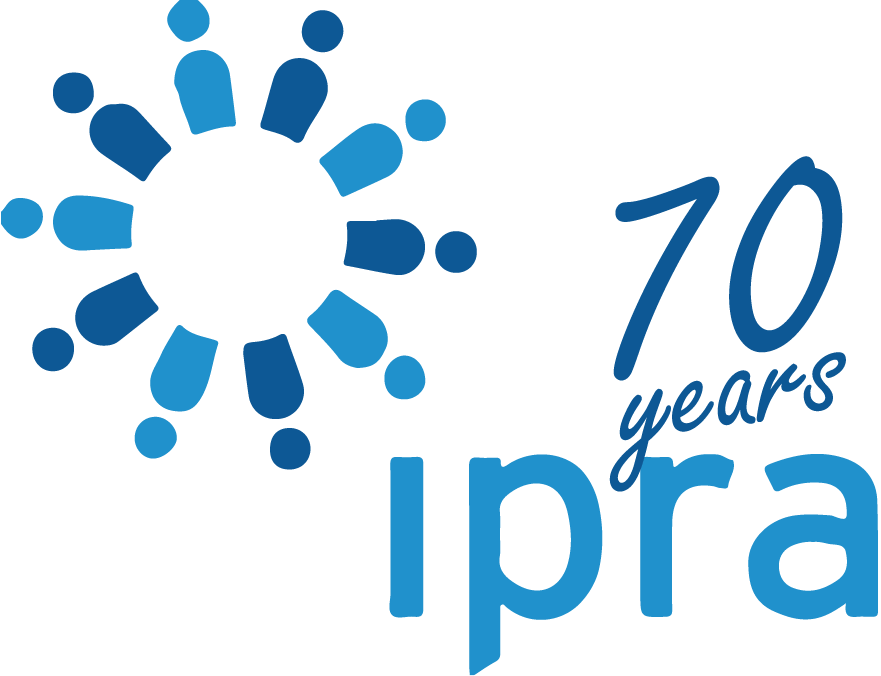ITL #622 How to embrace AI: learning from change winners and losers
1 day, 21 hours ago
(Comments)
Five steps to successfully navigate the transformational opportunities of artificial intelligence. By Christine Barney.
As the old saying goes, “people want change, but they don’t want to change.” Everyone in marketing is talking about the radical upset AI brings and while buzzwords abound, real change in how marketers conduct business is still in its early stages. Are we sticking our heads in the sand? Changing just for change’s sake? Maybe. Or maybe thoughtful evolution requires a plan and some time.
First consider some examples of change winners and failures:
Probably the most famous change winner is Netflix. It went from a DVD rental service to a global streaming powerhouse by anticipating consumer needs and capitalizing on the opportunity of mobile entertainment. The most famous loser was its counterpart, Blockbuster, who failed to transition to a digital first model until it was too late. The main reason for their failure was said to be a reluctance to disrupt their current brick-and-mortar model, i.e., not wanting to change.
Let’s not forget Amazon who went from an online bookstore (which people thought was crazy at the time) to a leader in almost every type of consumer good as well as cloud computing. They did so by using their data and having a laser focus on convenience and scalability. Compare that to Sears, once the dominant retailer in the U.S. who slowly fell into the abyss as it failed to update its instore shopping experience and compete with tech-oriented retailers like Amazon.
If we all agree the field of marketing is changing, then how do you navigate through the change and come out a winner? Here are five tips for embracing AI.
- Test, test and test some more: Your first answer may not be your final answer. AI is changing every day and that means new tools will pop up, old tools will evolve and what you want them to do today may change tomorrow. However, don’t let analysis paralysis keep you from change. Jump in and pick what works for you now (consider a month-to-month license vs. a yearly price to have more flexibility) but keep testing and exploring different tools. For example, at my agency rbb Communications we’ve made multiple changes to our media database and influencer tools over the last five years. Keeping abreast of changing AI best practices and tools will equal more efficiency and greater value in the long run.
- Be ready to actually change: We recently had a client that decided to divest itself of all customers under a certain revenue volume. They realized their model didn’t work well for small clients and the service required to keep them was yielding a loss. While giving up the revenue was hard, especially for the bottom line in year one, three years later they are double the size. So be prepared to make tough decisions. Do you have to reimagine your creative department’s methods or pricing model? While I believe AI enhances and doesn’t replace human creativity, there may be some roles that no longer make sense e.g., think of the time/money spent on voiceover talent that can now be done with AI.
- Spend time creating your use cases: Every organization has different priorities and different areas where AI can add the most value. Know yours. Do you have repetitive tasks that can be automated? Do you need more personalized experiences or content that you can’t afford to do currently? Do you have tons of data that needs analyzing for customer patterns or predicting future behavior? List out your best use cases for AI then execute and optimize. Once you’ve knocked one out of the park, it will get easier to take on the next challenge. And consider getting outside help on this.
- Make this a team exercise: Don’t fall into the trap of buying a solution and forcing it on your team. They know the best use cases, and if you’re following tip number one, they will be doing the testing so engage them from the start. Yes, it will be hard. Yes, some may fear for their jobs. But transparency may actually reduce stress for many. Appoint an AI leader or guru, but true acceptance in any change management program only comes when trusted members in an organization become ambassadors and early adopters. They can then help change take root throughout. Also, remember to ensure this is not just an added responsibility for your volunteers, but they have the time opened up on their plates to truly dig in. Add some engagement and praise from the C-suite and adoption will go even faster.
- Be upfront and ethical: Make sure your AI usage is transparent both in and outside of your organization. There’s been pushback from consumers about AI generated ads so take the time to think through how you tell your AI story. If you are using tools for personalization, make sure you are legally all set as it pertains to privacy. AI is getting better so someday soon hallucination will be a thing of the past, but until then – check your facts. Have an AI policy and include it in your team onboarding.
Not a day goes by where there isn’t a new headline on how AI is reshaping not only marketing but the world. So, change is not an option, it’s a necessity. Embracing these five tips will help you stay ahead of the curve and guide you as you navigate through what will assuredly be incredible advances in our industry in the years ahead.
- IPRA has an AI Chapter and recently published Gold Paper 19 Ethical Standards and Guidelines for the use of Artificial Intelligence in Public Relations.

The Author
Christine Barney
Christine Barney, APR, CEO, rbb Communications. rbb is an award-winning fully integrated agency and Champion of Breakout Brands™. rbb’s talented counselors, creators and connectors drive communications programs that build emotional connections with audiences that show on the bottom line.
mail the authorvisit the author's website
Forward, Post, Comment | #IpraITL
We are keen for our IPRA Thought Leadership essays to stimulate debate. With that objective in mind, we encourage readers to participate in and facilitate discussion. Please forward essay links to your industry contacts, post them to blogs, websites and social networking sites and above all give us your feedback via forums such as IPRA’s LinkedIn group. A new ITL essay is published on the IPRA website every week. Prospective ITL essay contributors should send a short synopsis to IPRA head of editorial content Rob Gray emailShare on Twitter Share on Facebook


Comments